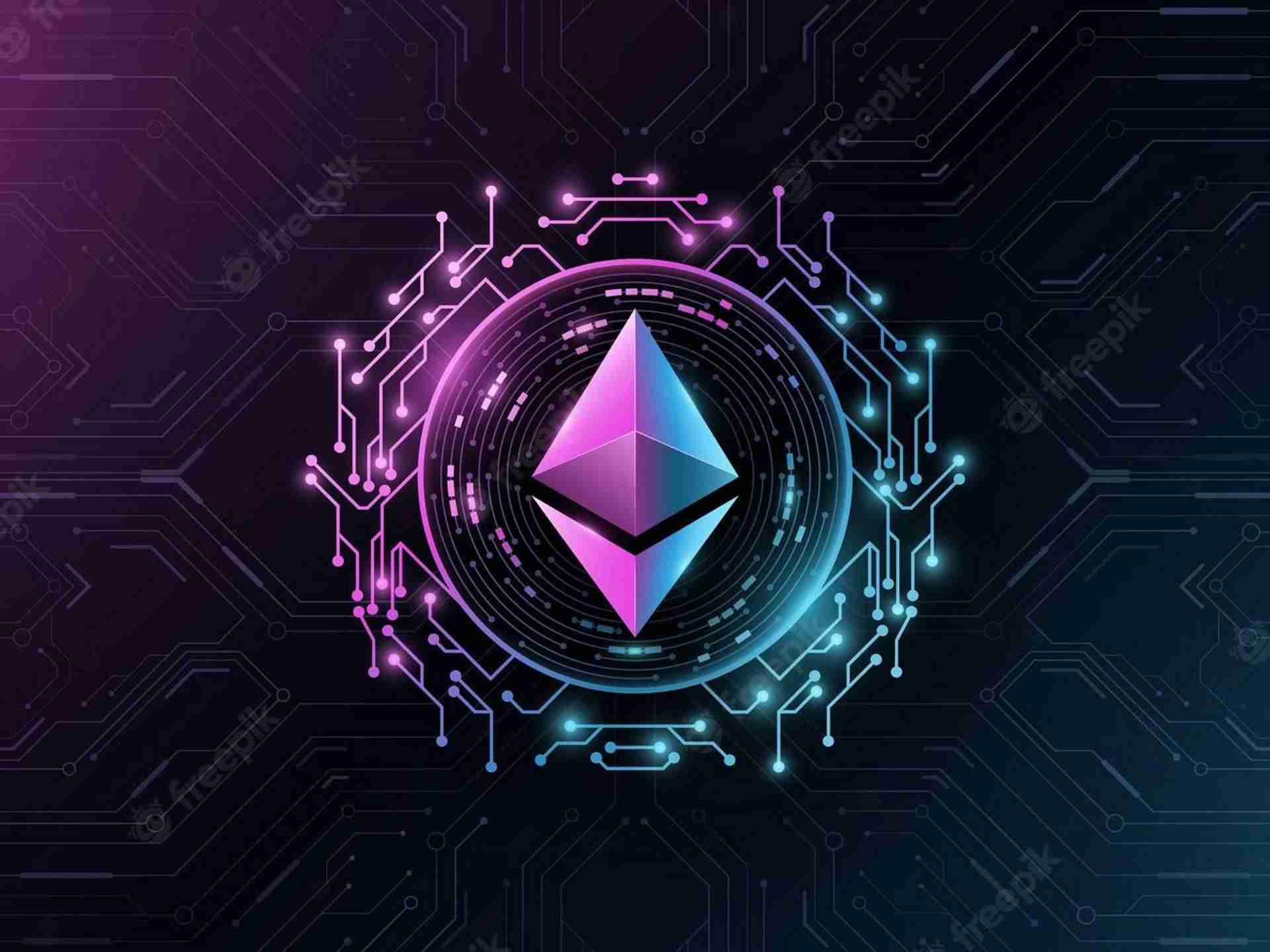White-Label Crypto Exchange Development for Rapid Market Deployment
In the fast-moving digital asset industry, businesses seeking rapid entry into the market are increasingly adopting white-label exchange solutions. These ready-made, customizable platforms dramatically reduce development time and operational complexity while enabling enterprises to launch fully functional trading systems with professional-grade scalability and security. Partnering with an experienced Crypto Exchange Development Company ensures that organizations gain access to pre-engineered, high-performance infrastructures optimized for speed, compliance, and user experience.
White-label crypto exchange development includes core trading components such as matching engines, multi-currency wallets, liquidity modules, admin dashboards, and secure APIs. These components are engineered for instant deployment, allowing businesses to go live within weeks rather than months. Custom branding, UX enhancements, feature integrations, and fiat or multi-chain support can be seamlessly added to fit specific market needs.
A leading Cryptocurrency Exchange Development Company also ensures that these white-label systems incorporate institutional-grade security mechanisms, including multi-party computation (MPC), anti-DDoS frameworks, automated KYC/AML modules, and real-time monitoring. This ensures that the platform remains compliant across global jurisdictions while offering users safe and seamless trading experiences.
Because white-label platforms are built on modular architecture, they support rapid scaling as user adoption grows. Businesses can integrate advanced functionalities such as derivatives trading, staking, automated market-making, liquidity routing, and cross-chain interoperability without rebuilding the platform from scratch. This modularity makes white-label solutions especially valuable for startups, enterprises, and financial institutions entering the blockchain sector.
By leveraging these ready-to-launch platforms, businesses reduce development risks, accelerate market entry, and minimize upfront costs while gaining access to enterprise-level technology. In a competitive global market, white-label solutions represent the fastest pathway to launching a premium digital asset exchange backed by the expertise of a proven Crypto Exchange Development Company.
Visit our website - https://wisewaytec.com/cryptoc....urrency-exchange-dev









